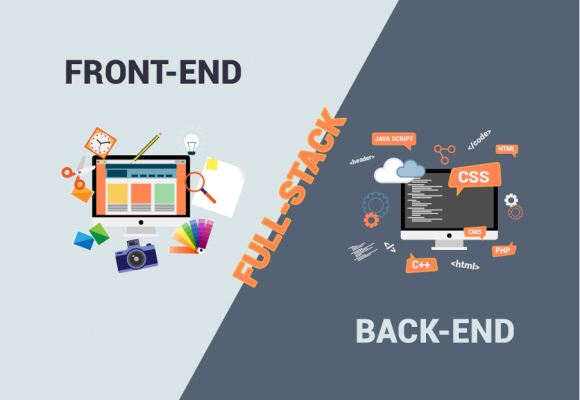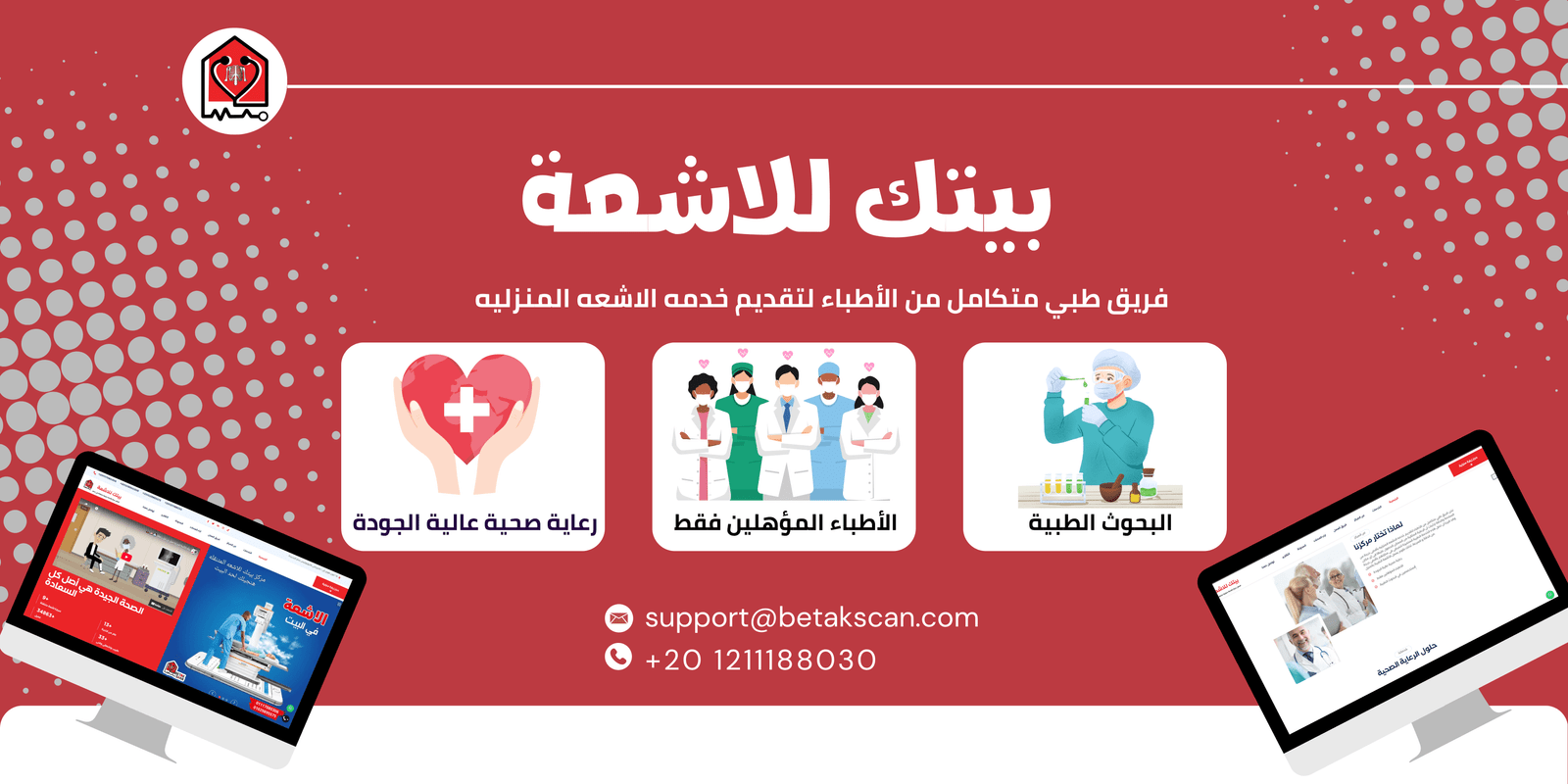In light of the technological boom we live in, developing a successful mobile app has become a primary goal for many entrepreneurs, startups, and even large organizations. But success does not come by chance; it is the result of a thoughtful process that goes through several stages, starting from the idea and ending with launching the app in app stores and maintaining and updating it afterward.
In this article, we review the steps of developing a successful mobile app in a simple and systematic way.
Step 1: Understand and analyze the idea
Everything starts with an idea. But not every idea is feasible or has a chance of success. Here we ask several questions:
- What issue does the app solve?
- Who is the target audience?
- Are there similar apps and how can we provide a better competitive advantage?
At this stage, we gather requirements and analyze the market and competitors, so we have a clearer vision before we start.
Step 2: Design the user experience (UX) and app architecture
Once the vision is clear, we move on to defining how the user will navigate within the app, and determine the basic functions of each screen. This step helps to build a user-friendly app.
We use tools like Wireframes and UserJourneys to sketch out the interface.
Step 3: Design the User Interface (UI)
This is where the creativity begins! We design the interface with consistent colors, appropriate fonts, and expressive icons. Design isn't just about aesthetics, it should be functional and pleasing to the eye.
We focus on:
- simplicity
- Visual brand identity
- Accessibility and usability
Step 4: Choosing the right technology
At this stage, the team decides whether to use Cross-platform technologies like Flutter or React Native, or build separate versions for Android and iOS.
The choice depends on:
- type of application
- budget
- Required delivery time
Step 5: Programming and developing the interface and functionality
Developers start writing the code and actually building the app, from the front-end to the back-end, if any. The app is also connected to any necessary databases and cloud services.
We use Git to manage the code, and divide the work between team members according to specialization.
Step 6: Testing
Before launching any app, it must be thoroughly tested to avoid any bugs that may affect the user experience. Tests include:
- Performance and speed testing
- Security testing
- Testing on different devices
- Testing the app's response to situations such as loss of internet connection
We use tools like Firebase Test Lab and BrowserStack for automated testing.
Step 7: Upload the app to stores
After making sure the app is bug-free, we upload it to the Google Play Store or Apple App Store. This stage includes preparing
- Screenshots
- Description of the application
- Keywords
- Privacy policy
Step 8: Support and Update
Launching an app is just the beginning. You need to monitor the app's performance through analytics, listen to user feedback, and release periodic updates to add new features or improve performance.
Conclusion:
Developing a successful mobile app requires more than just an idea. It's an integrated process that starts from a thorough study, through design, coding, testing, and even post-launch support. At our team, we follow this methodology and focus on every detail to ensure an app that fits the client's name and effectively achieves their business or service goals








